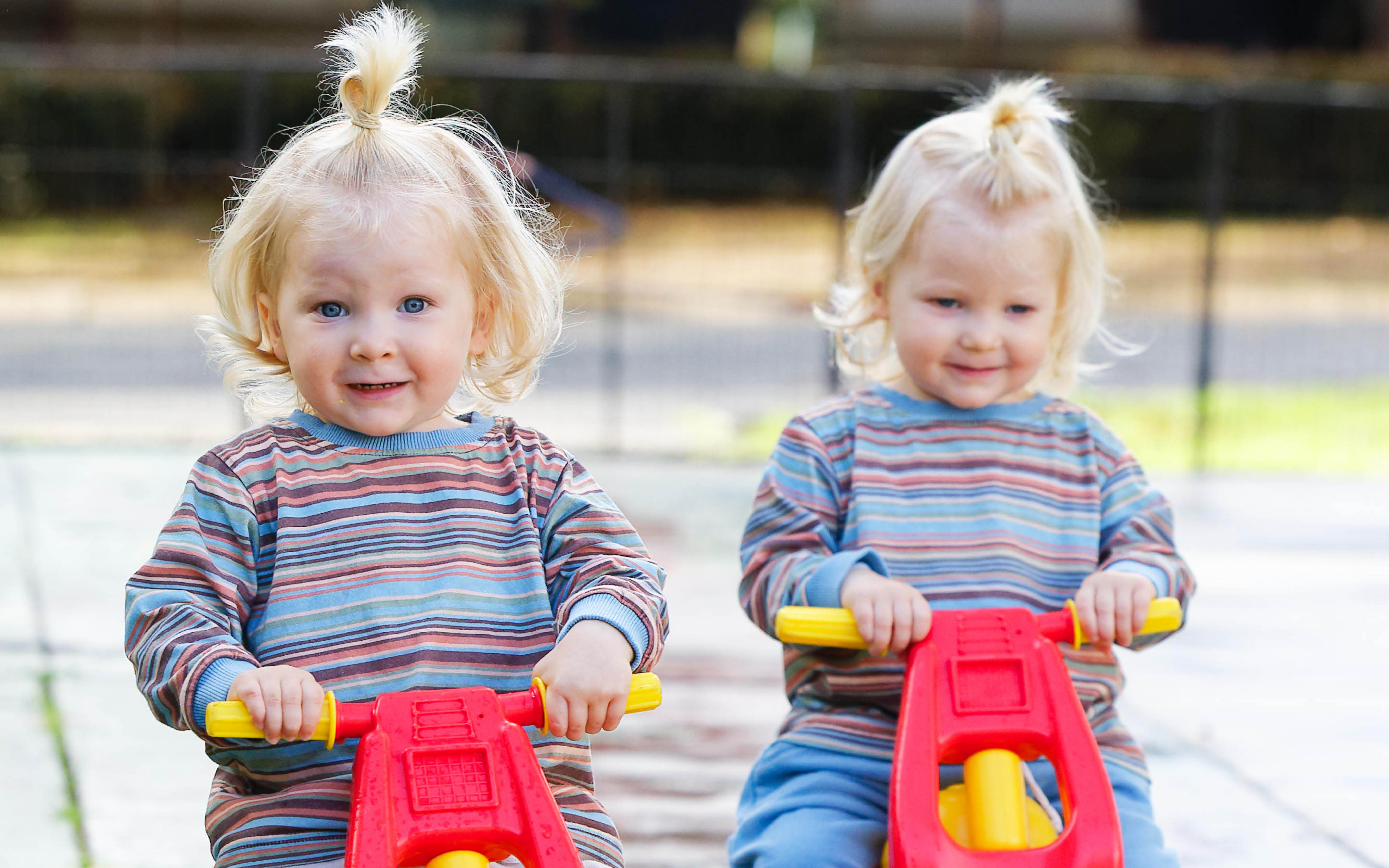Search
Research
Lessons from the first year of the WAIVE study investigating the protective effect of influenza vaccineInfluenza is major cause of paediatric hospitalisation. Influenza vaccine was offered to all children aged 6-59 months resident in Western Australia in 2008

Our team’s vision is to reduce the burden of infectious diseases in children and their families through comprehensive approaches to understanding the burden of disease, developing and optimising diagnosis and treatment strategies and evaluating and informing current and future prevention programs.
Research
Hospital admissions for skin infections among Western Australian children and adolescents from 1996 to 2012The objective of this study was to describe the occurrence of skin infection associated hospitalizations in children born in Western Australia (WA).
Research
Hospital admissions for skin infections among Western Australian children and adolescents from 1996 to 2012Skin infections are a significant cause of severe disease, requiring hospitalization in Western Australian children, particularly with Aboriginal children
Research
Association of gestational age and growth measures at birth with infection-related admissions to hospital throughout childhoodChildren who were born with reduced gestational age, birthweight, and birth length have persistently increased rates of infection-related admissions to hospital until age 18 years
Research
Establishing a process for conducting cross-jurisdictional record linkage in AustraliaWe outline the processes involved in conducting a Proof of Concept data linkage project including the implementation of national data integration principles
Research
The collaboration on social science and immunisation (COSSI): Global lessons from a successful Australian research and practice networkSamantha Carlson BSc MPH PhD Senior Research Officer Samantha.carlson@thekids.org.au Senior Research Officer @samicarlson ORCID Dr Carlson is an
Research
Respiratory syncytial virus in children: epidemiology and clinical impact post-COVID-19Respiratory syncytial virus (RSV) remains a leading cause of mortality and morbidity worldwide. RSV seasonality was disrupted by COVID-19-associated nonpharmaceutical interventions (NPIs). We review RSV seasonality, molecular epidemiology, clinical manifestations, and community awareness to inform future prevention strategies.
Research
Time series analysis of RSV and bronchiolitis seasonality in temperate and tropical Western AustraliaBronchiolitis hospitalisations are a reasonable proxy for the timing of RSV detections, but may not fully capture the magnitude of RSV epidemics
Research
Infection Transmission in Early Childhood Education and Care: a mixed methods study to inform future interventionsThe COVID-19 pandemic has exposed many uncertainties and incorrect assumptions about respiratory pathogen transmission.
